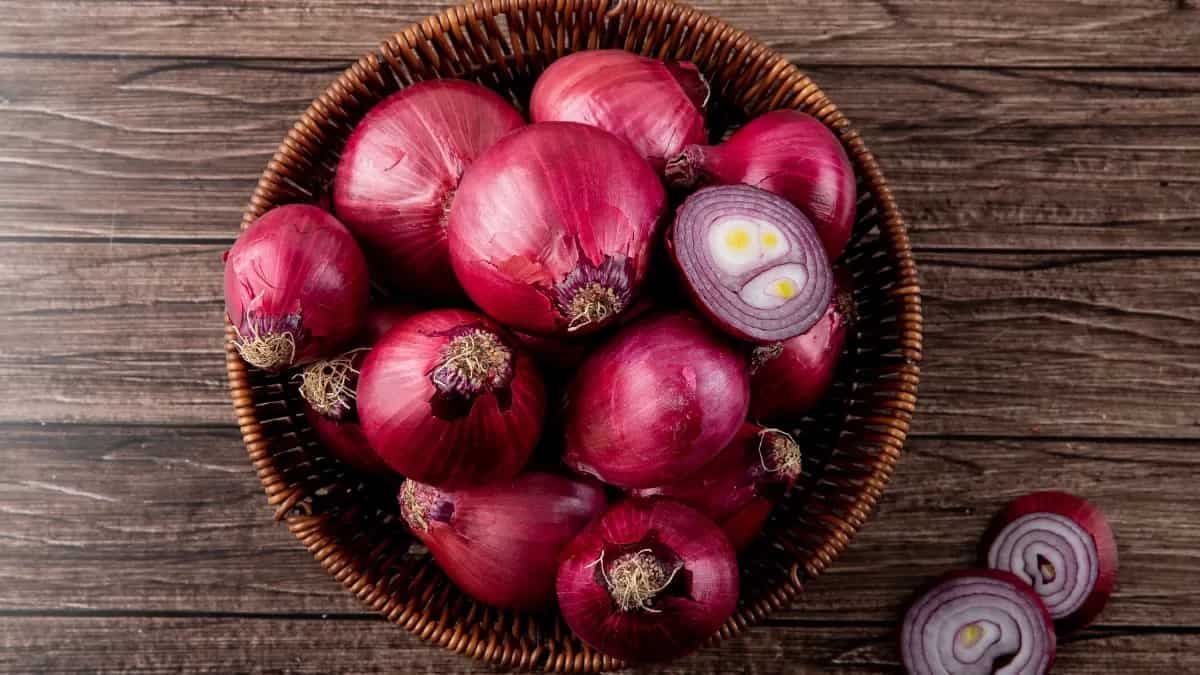Onions, aka pyaaz, are the quintessential ingredient in a typical Indian kitchen. No matter what you’re cooking, from adding chopped onion to a paratha filling in the morning, to making the tadka for a sabzi, curry, or dal, or even having sliced onion topped with a sprinkle of lemon, onions are everywhere. But with the soaring prices of onions, it’s fair to say the rates can make everyone cry even before chopping.
So, why don’t you take the matter into your hands? You can get an unlimited supply of organic onions right in your backyard. Whether you have a small home garden, a terrace, or plan to grow in large pots on your balcony, this guide will help you grow onions. Just follow these tips and you’ll have a healthy harvest of pyaaz right in your kitchen garden.
When To Plant

No matter what you’re planting, knowing the prerequisites like ideal weather or soil conditions is a must. As for onions, the Rabi crop is best planted in the winter season. In India, the months between October and December are perfect for sowing the seeds. You can pick a month depending on your location. Just make sure the weather is cool and dry for onions to thrive.
Prepare The Soil Conditions
Once you know when to sow the seeds, the soil is the next important factor to consider. Since onions require a pH between 6.0 and 7.0, make sure to adjust the levels before sowing the seeds. Add the organic matter like compost or cow dung, feed NKP fertilisers, and use loose, loamy, and well-drained soil.
Water Regularly

Just like every plant, onions need regular watering for sustained growth. Since the plant thrives in a cool environment, make sure the soil is dry before watering. Another handy tip for healthy growth is mulching around the base with organic substances like leaves or straw that help the soil retain water content for longer durations.
Fertilisation Tips
While you must have already added fertilisers at the time of planting, regular fertilisation cannot be compromised. You’ll need to give the soil proper nutrients to make the organic onions nutritious. You can add liquid organic fertilisers after every three to four weeks, add neem cakes, compost, etc, to keep the soil nourished at all times.
Harvest Correctly

In about three to six months, the onions will be ready to be harvested. You’ll know once the top of the plant dries, the leaves start turning yellow, and bend down naturally. Then, you can loosen the soil, pull the bulbs out carefully, and wipe off the soil. Finally, store the onion bulbs in a cool, shaded, dry area, and enjoy the organic produce.


